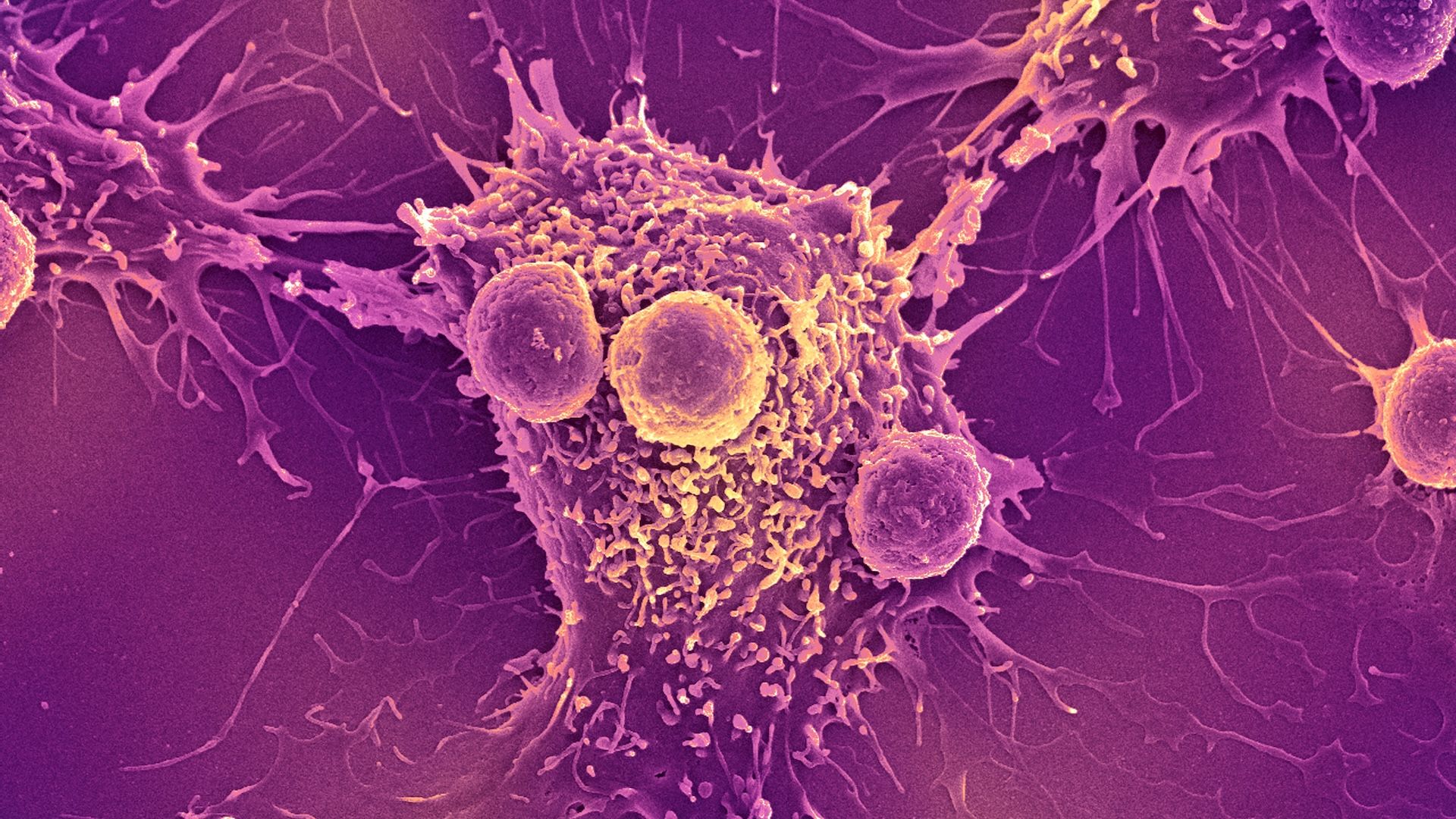Pancreatic cancer continues to pose one of the greatest challenges in global cancer treatment. Known for its aggressive nature and resistance to therapy, it carries a grim five-year survival rate of less than 10%.
Early detection remains rare, and by the time most cases are diagnosed, the disease has already spread, making surgical options limited and chemotherapy less effective. In light of this, scientists are turning to medicinal plants in search of safer, more effective treatment options. One such plant—stevia—has recently shown new promise after undergoing microbial fermentation.
Unleashing Stevia’s Hidden Potential
Stevia, a naturally sweet herb native to South America, is widely used in the food industry as a zero-calorie sugar substitute. But its leaves contain more than just sweetness. Packed with bioactive compounds like flavonoids and phenolics, stevia has long been suspected of offering antioxidant and anticancer benefits. Past research on its purified compounds, such as stevioside and isosteviol, revealed potential anticancer effects against several tumor types.
However, whole leaf extracts have shown only modest results. Studies revealed that stevia extracts reduced cancer cell growth only at very high doses. The challenge, researchers say, lies in unlocking and enhancing its full pharmacological potential.
That’s where fermentation comes in.
Boosting Efficacy Through Bacterial Fermentation
Microbial biotransformation has become a powerful tool in enhancing the effectiveness of natural plant extracts. This process uses microbial enzymes to reshape bioactive compounds into more potent forms. Among the most promising agents for this transformation are lactic acid bacteria (LAB), widely considered safe and beneficial for health. LAB strains not only help modulate gut health but can also produce compounds that suppress tumor growth.
Related Stories
Researchers from Hiroshima University have been exploring this very idea. They isolated over 1,300 LAB strains from plants, fruits, and flowers to test their health benefits. In their latest study, published April 28 in the International Journal of Molecular Sciences, the team focused on a LAB strain named Lactobacillus plantarum SN13T, found on banana leaves.
The goal: to see if fermenting stevia leaf extract with this bacterial strain could boost its anticancer effects.
Clear Results in the Lab
The researchers created a fermented version of stevia leaf extract, known as FSLE, using the L. plantarum SN13T strain. They tested both fermented and unfermented extracts against pancreatic cancer (PANC-1) cells and healthy human kidney cells (HEK-293). The difference was striking.
“FSLE demonstrates significantly greater cytotoxicity than the non-fermented extract at equivalent concentrations,” said lead scientist Masanori Sugiyama, a professor in Hiroshima University’s Department of Probiotic Science for Preventive Medicine. “Notably, FSLE exhibited lower toxicity toward the HEK-293 cells, with minimal inhibition observed even at the highest concentration tested.”
This selective toxicity is key. While FSLE destroyed pancreatic cancer cells, it left healthy kidney cells largely untouched—an ideal characteristic for any potential anticancer treatment.
To further test FSLE’s effects, the researchers conducted additional assays. Clonogenic tests showed the fermented extract halted the cancer cells’ ability to form new colonies. Migration and wound-healing tests confirmed it also stopped the cells from spreading. All indicators pointed to a strong anti-proliferative effect.
Isolating the Active Ingredient
Chemical analysis of FSLE revealed a standout compound: chlorogenic acid methyl ester (CAME), present at a concentration of 374.4 μg/mL. Interestingly, the amount of chlorogenic acid dropped by more than six times during fermentation. This suggested that the fermentation process converted the original compound into a more potent form.
“This microbial transformation was likely due to specific enzymes in the bacteria strain used,” said co-author Narandalai Danshiitsoodol, associate professor at Hiroshima University. “Our data demonstrate that CAME exhibits stronger toxicity to cells and pro-apoptotic effects—meaning it encourages programmed cell death—on PANC-1 cells compared to chlorogenic acid alone.”
Flow cytometry results confirmed that CAME arrested cancer cells in the G0/G1 phase of the cell cycle and triggered apoptosis. Gene analysis showed that CAME boosted the expression of key pro-apoptotic genes like Bax, Bad, Caspase-3, Caspase-9, Cytochrome c, and E-cadherin. At the same time, it suppressed Bcl-2, a gene that helps cells resist apoptosis.
Together, these changes point to a powerful mechanism: CAME not only stops pancreatic cancer cells from growing but also triggers them to die in a controlled way.
A Step Toward Natural Anti-Cancer Therapies
The team’s findings highlight the role fermentation can play in turning ordinary plant extracts into potent cancer-fighting agents. The results also open the door to using probiotics—not just for gut health—but as part of future cancer treatments.
“The present study has substantially enhanced our understanding of the mechanism of action of the Lactobacillus plantarum SN13T strain in the fermentation of herbal extracts,” Danshiitsoodol said. “It also offers a valuable research perspective on the potential application of probiotics as natural anti-tumor agents.”
The study’s success builds on other examples of LAB fermentation boosting anticancer effects. In earlier experiments, barley extract fermented with L. plantarum dy-1 more effectively inhibited colon cancer cells. Fermented Panax notoginseng increased its power against liver cancer cells by enriching specific ginsenosides. These findings support the broader idea that microbial fermentation can unlock new value from traditional medicinal plants.
Next Steps in Research
While the lab results are promising, much work lies ahead. The Hiroshima team plans to study FSLE in mouse models next. This step will help determine how well CAME works in a living system and identify safe, effective doses.
If those tests succeed, the path could open toward human trials and, eventually, a new treatment option for one of the deadliest cancers. Fermented stevia extract, powered by a humble banana leaf bacterium, might one day help patients survive a diagnosis that currently offers little hope.
For now, this research offers a new angle in the fight against cancer—one that uses nature’s chemistry, refined through fermentation, to fight back.
Source link

